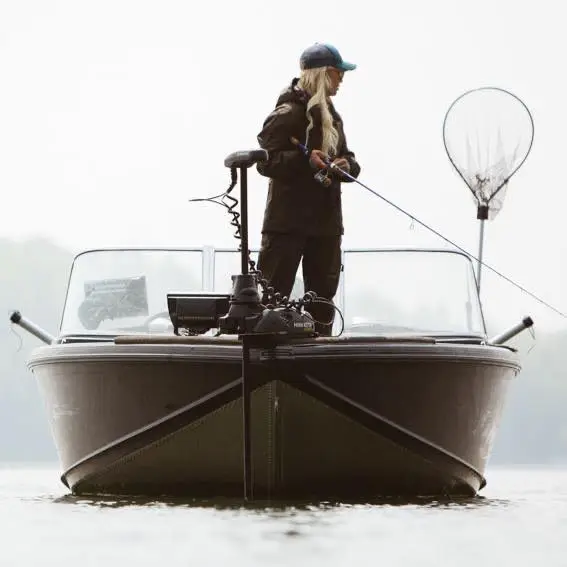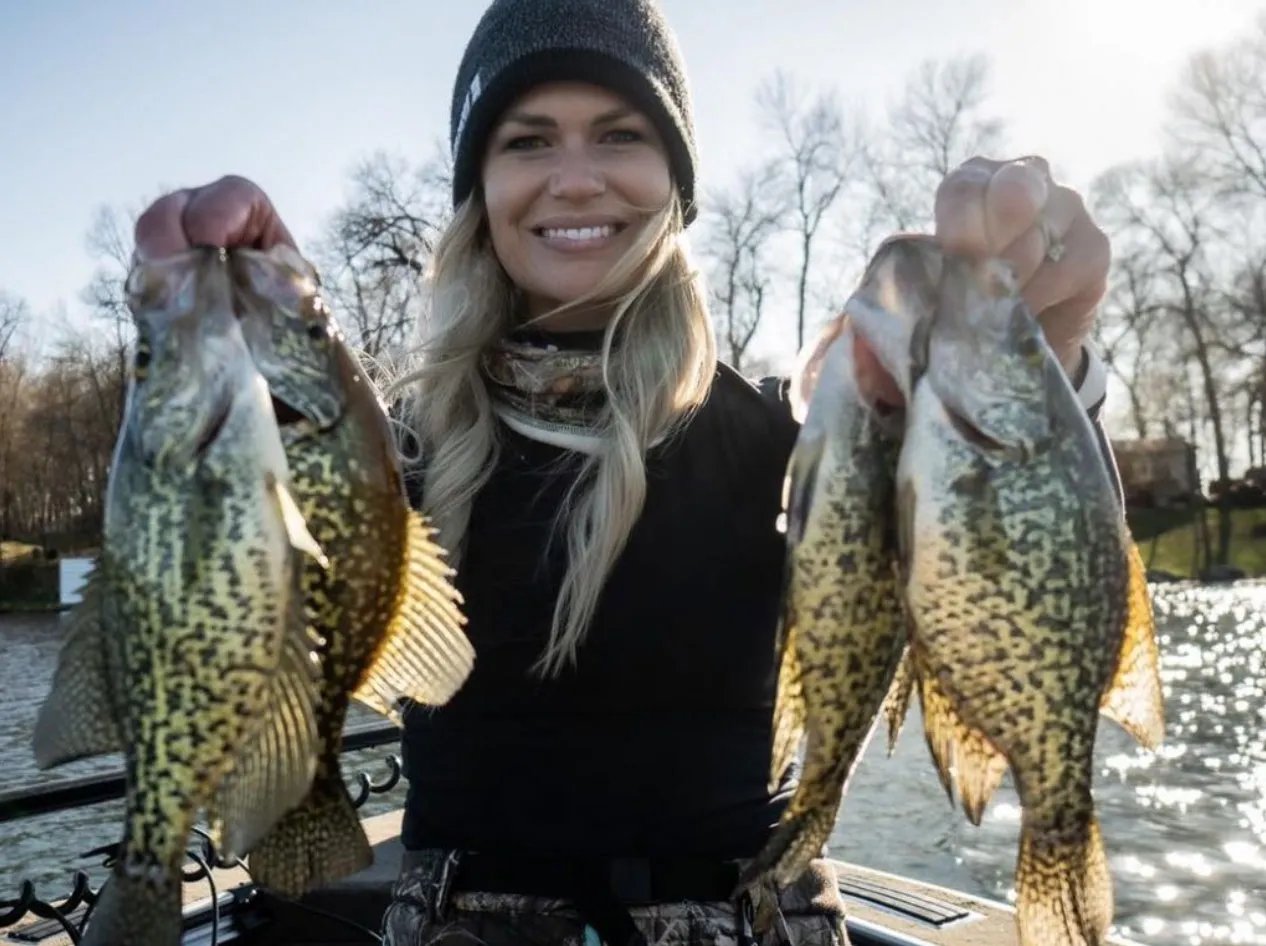Crappie, also known as papermouth or calico bass, are prized by anglers for their delicate flavor and spunky fights. With their beautiful, compressed bodies and schooling tendencies, crappie offer exciting fishing opportunities throughout the year. But whether you’re a seasoned angler or a curious newcomer, unlocking the secrets of crappie success requires understanding their behavior and applying the right techniques.
This comprehensive guide will equip you with the knowledge and tactics to target crappie like a pro.
Habitat and Habits:
Crappie are temperature-sensitive fish, preferring calm waters with structures like submerged trees, brushpiles, docks, and weed beds. In spring, they move shallow to spawn, while summer finds them in deeper, cooler areas near cover. Fall sees them transition back to shallower depths as water temperatures cool. Understanding these seasonal movements is key to locating crappie.

Gear Up for Success:
Rod and Reel:
- Spinning rod: A 7-foot light or ultralight power spinning rod with a fast action tip is ideal for casting finesse lures and feeling subtle bites.
- Reel: A size 2000 or 2500 spinning reel with a smooth drag is perfect for fighting crappie without breaking the line.
Line:
- Braided line: 10-pound braid offers superior sensitivity for detecting light bites.
- Monofilament line: 4- to 8-pound monofilament provides some stretch for absorbing headshakes during fights, but reduces sensitivity compared to braid.
Terminal Tackle:
- Jigs: Small (1/16 to 1/8 oz) jigs with soft plastic bodies in various colors are crappie staples. Choose marabou or tube jigs for added action.
- Minnows: Live minnows like minnows or fatheads are a proven bait, fished under a bobber or with a split shot weight.
- Bobby Garland Crappie Jigs: These popular jigs with curly tails mimic the natural movement of baitfish, enticing crappie to strike.
- Hooks: Small (size 1 or 2) crappie hooks are ideal for live bait presentations.
Essential Techniques:
1. Jigging:
- Cast the jig near cover and let it sink.
- Slowly raise the rod tip, giving the jig a short, erratic hop or dartiing action.
- Reel in the slack line as you raise the rod tip.
- Pay close attention to the line for any subtle twitches or pauses, indicating a bite.
2. Bobber Fishing:
- Thread a minnow onto a small hook.
- Attach a split shot weight a foot or two above the hook.
- Cast the rig near cover and let the bobber float freely.
- If the bobber dips underwater or moves erratically, set the hook.
3. Trolling:
- This technique is effective for covering large areas and locating crappie schools.
- Troll crankbaits, spinnerbaits, or small jigs at slow speeds around structures.
- Use multiple lines with different lures to increase your chances.

Pro Tips for Peak Performance:
- Fish during low-light conditions: Crappie tend to be more active at dawn, dusk, and on cloudy days.
- Downsize your bait: Crappie have small mouths, so use smaller lures and baits for better results.
- Use light line and a smooth drag: This allows for better bite detection and prevents snapped lines during fights.
- Fish vertically around cover: Crappie often hold tight to structures, so focus your presentations in these areas.
- Experiment with colors: Crappie preferences can vary depending on water clarity and conditions. Try different colors to see what works best.
- Practice catch-and-release: This helps maintain healthy crappie populations for future generations of anglers.
With the right knowledge, proper gear selection, and effective techniques, you’ll be well on your way to crappie conquest. Remember, patience, persistence, and a touch of finesse are key to unlocking the secrets of these delicious and hard-fighting fish. So, grab your tackle box, head to the water, and get ready to experience the thrill of catching crappie!
Images/Source: OutdoorLife





